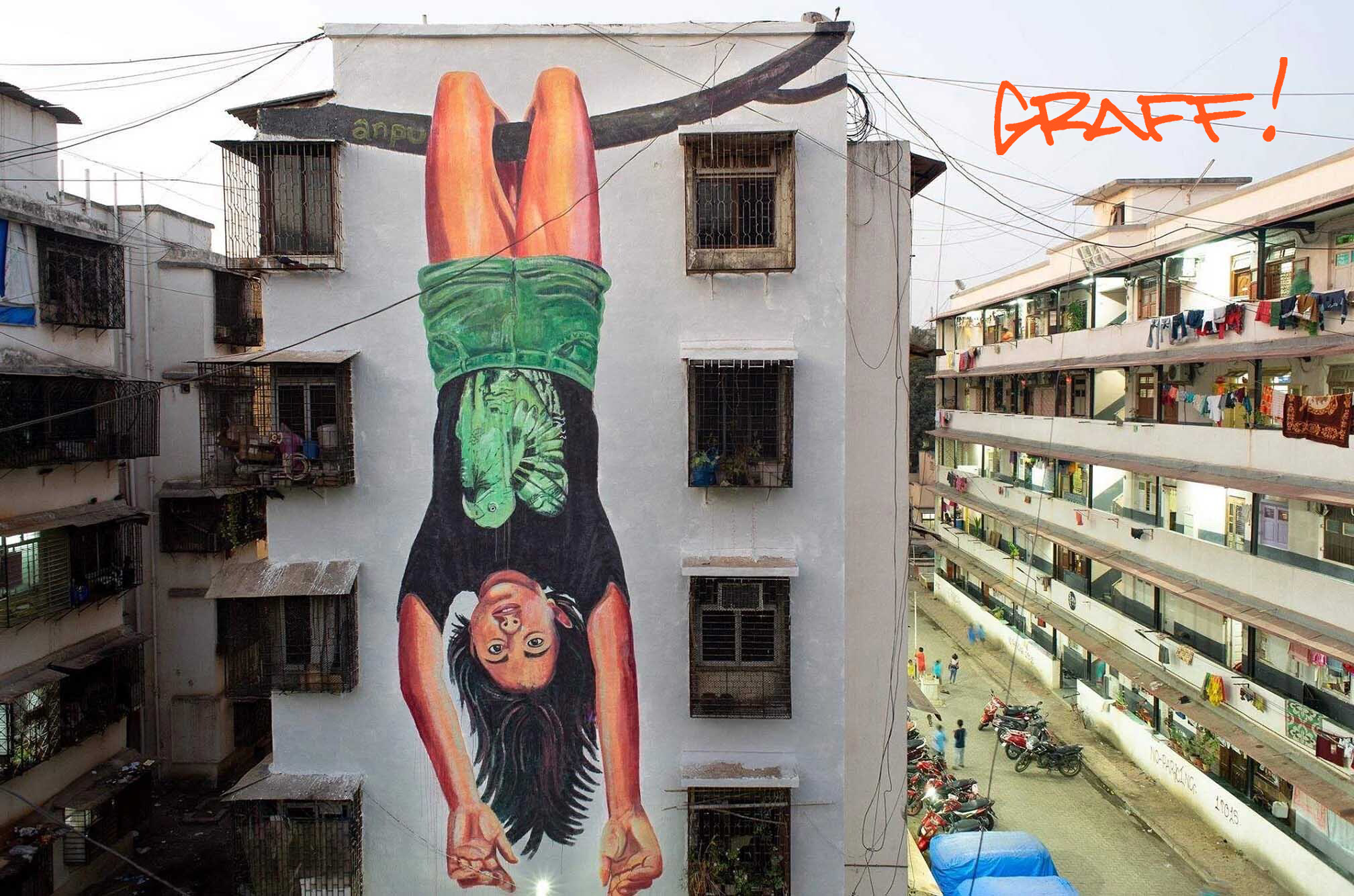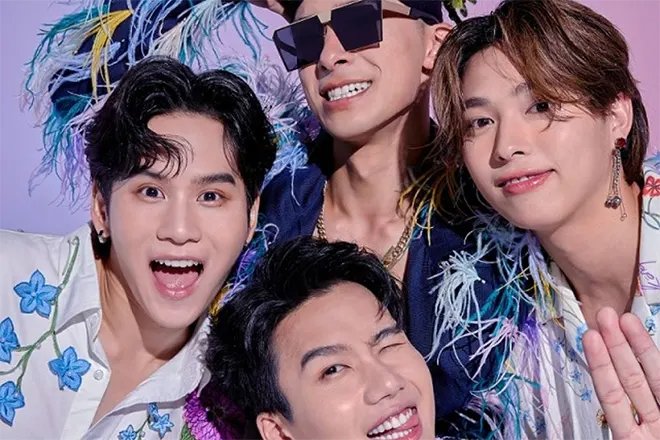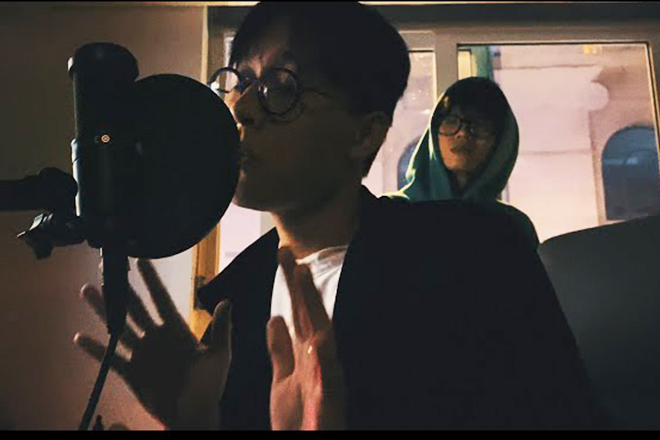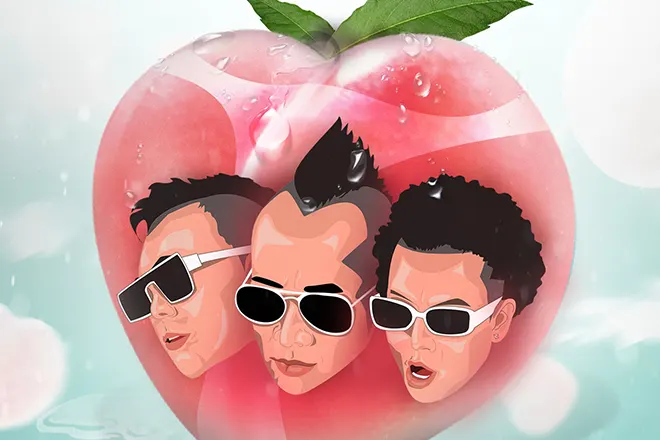Interview
GRAFF: Anpu Varkey wants your 3 minutes of retinal input
“I am a symbol of the perception of change that is possible within this society”
Graffiti has always been a boys club but things are finally starting to change, especially in India. While upholding centuries of rich history and vivid culture, traditions often bound Indian society to the patriarchal structure, where men are still considered to be the breadwinner and females are merely subordinate to their partners. Situations might differ in various regions, but the male-dominated culture remains a major influence in Indian society.
Over the last two decades, graffiti has made its way into the vibrant art culture of India, as tags and throw-ups are spreading across the allies and streets of India. Enter Anpu Varkey, one of the few female graffiti artists who has pledged to make a difference with her street art. A graduate of the Baroda School of Art, Anpu believes arts come in all forms, but street art is the best way to reach out to the public. Based in New Delhi, Anpu’s expressive street art has maintained a sense of grace and vividness.
Anpu began her artistic journey on the street where she first got in touch with the art form when she was living in Germany. She later returned to New Delhi and decided to expand the artistic palettes of Indians by introducing mural paintings to local neighborhoods. After years of touring and exhibiting her works in big cities like New York, she is now bringing street arts back to her roots.
In the edition of GRAFF, we sit down with Anpu Varkey and discuss the Indian street art scene as well as her experience as a female street artist. Let’s dive in!
How would you describe your art style?
I do not have a style, and I never bothered to indulge in evolving one either. Working on the streets means everything is permissible and nothing is important. Making an emotional connection through my art has been the main focus. Unlike other countries, the streets in India are dominated by the working class and though the artwork is spread through social media, the people who live with the work are ordinary people. For me, it’s important that the work speaks to them also. So evolving one style or design element has never been an incentive for me, I’ve unabashedly tried many styles, forms, and working techniques to suit the needs of the work at hand. Each city and each wall and its surroundings are all different. In a way, I make artwork that is situational and conversing with what’s around it.
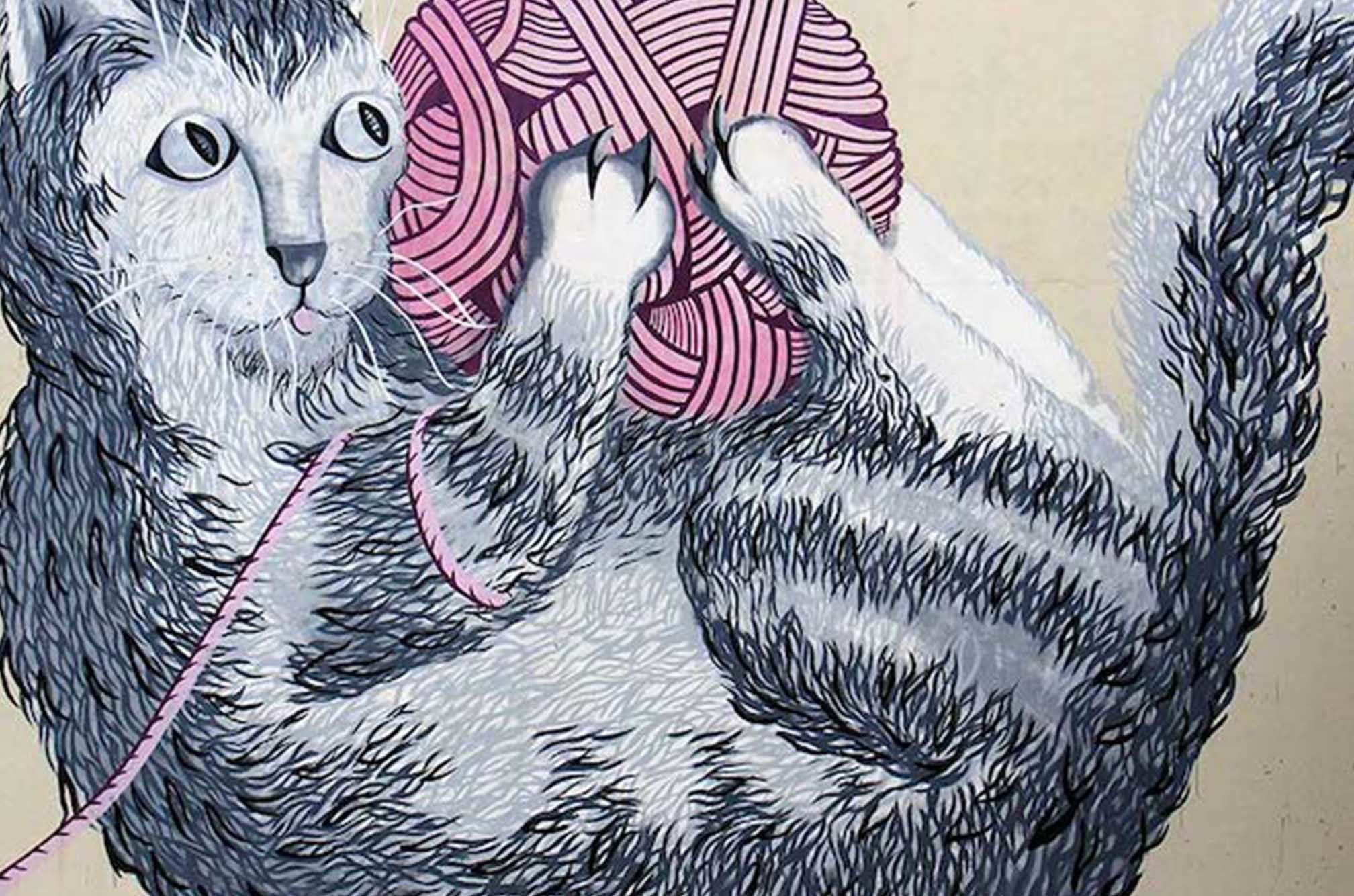
Many people consider Dizy One and you to be the first female artists of Indian graffiti. What inspired you to break the convention to become a street artist?
There’s SAM SAM as well, she was the first graffiti female artist I met.
I never imagined I would be a street painter. It wasn't until I went to Germany and hung out with some graffiti writers that I started looking at the streets in a different way but even then I never calibrated that my return to Delhi would propel me into unknown territories and I would be making a mark on the streets. It all happened serendipitously.
My very first gigantic wall was at the Extension Khirkee festival in Delhi. It was really massive but I remember enjoying every moment of it - the shaky bamboo ladder, the constant chatter on the streets, the heat, tea breaks, the really nice family whose wall I was painting who were very helpful as well. I remember struggling through the drawing but also feeling very reassured as a person, the heights were the biggest allure. I had fun and that’s something I never equated before with work. Being a kid and learning from the streets is what I am.
You don’t know what or who you will encounter on the streets and this has been the biggest charm. Strangers from all walks of life come and share their input, have a chat, and offer me tea, fruits, or even lunch. I am but a mediator between the wall and the artwork, the result is what’s left for people to witness and be a part of. I leave less of myself on the streets. I never sign even. It isn’t about me. The power is in the image and its impact.
In your own opinion, do you think women’s statuses in Indian society have improved over the years with feminist activism?
I’m not able to comment on this, since I don’t have much knowledge to write about it. In India, there are too many realities. There are definitely more women in the employment sector than before, but has a woman's status within a family dynamic changed? I don’t think it has too much. It’s impossible to generalize as my reality of being a woman from a slightly more privileged household who faces lesser battles isn’t similar, say women from a different class. There are more women talking about atrocities done towards them by men thanks to the #metoomovement but has that helped someone with a lesser social advantage? I couldn’t tell.
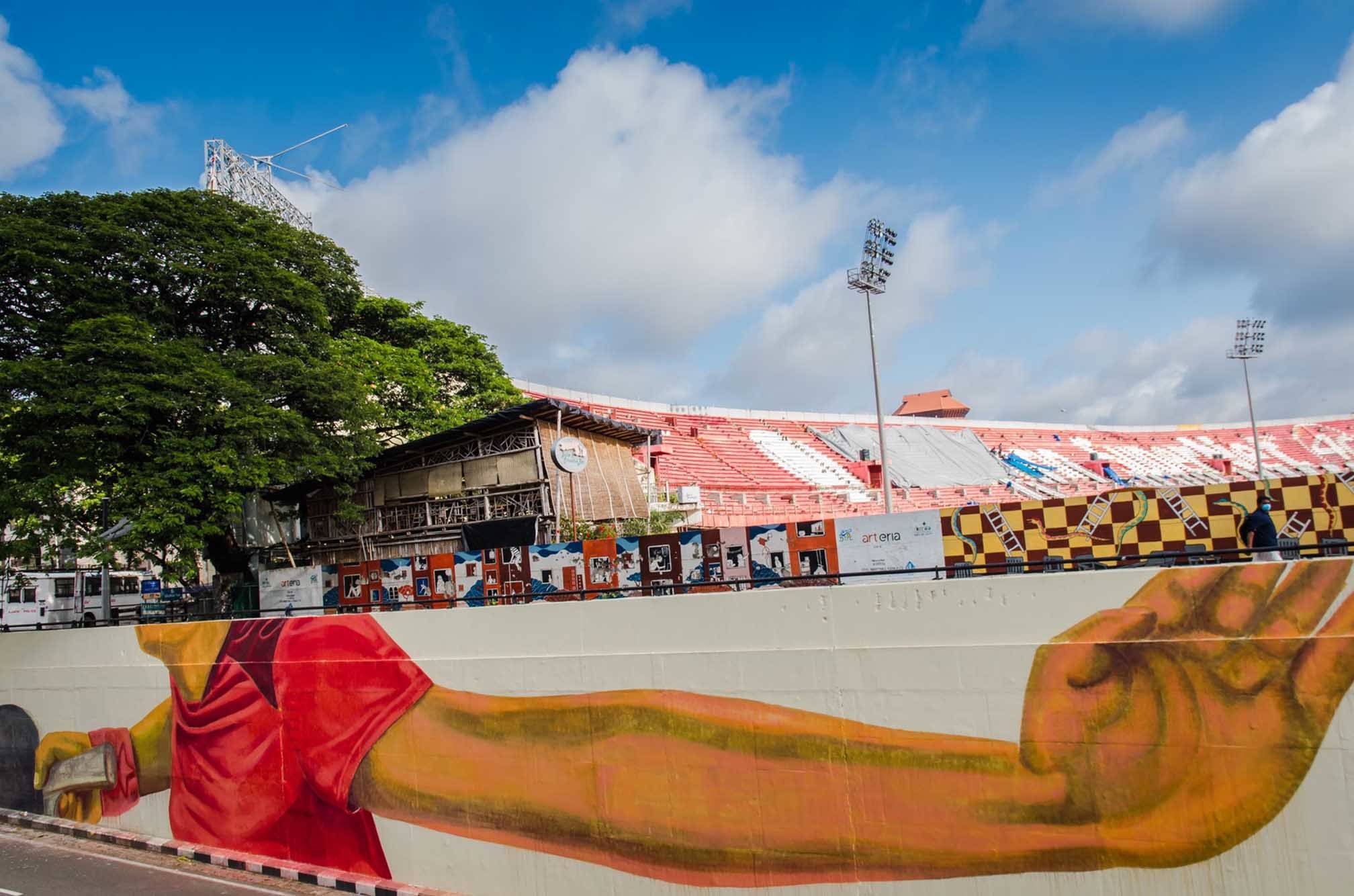
What is your favorite space to do graffiti in India?
I rarely do graffiti, unless my crew or old friends come together but definitely abandoned spaces with a lot of character and textures on the wall, completely ignored by human contact. With overgrown vines and undergrowth. Also electric boxes, I make a lot of stencils on these.
You have been invited to do graffiti and mural art all over the world. What do you think is the distinctive feature of Indian graffiti?
I don’t think there is anything intrinsic to India that unifies artists from here. We are many nations in one, with too many languages, religions, societal constructed classes and caste systems. That said, Indian artists seem to use a lot of color in their work, maybe painting walls is synonymous with making things colorful - to hide the dust, the grime, the stench of urine, and a barrage of trash. If it’s visually pleasing it can’t be bad.
Ever had a remarkable experience with fans?
While painting ‘Dizzy’ in Mumbai, which was an image of a girl hanging upside down from a branch, I met an elderly gentleman from the housing area and he was so pleased with the work, that he bought me a box of chocolates and thanked me for it. He said it reminded him of his childhood and that he would often hang upside down, just like the painting. He even wrote a poem about the work. I was so touched by his sentiments and I also recounted the power of the image and how it has different effects on people. While making this work I hung out with a lot of kids from the neighborhood and every boy thought it was an image of a boy and every girl thought it was a girl. I experienced a reassuring sense of connectedness for the first time.
In Alleppy, while painting at a warehouse I had a beautiful encounter with a deaf and mute man, who would cycle by every day and through sign language tell me how much he liked what I was painting.

Do you think graffiti art is a great tool to challenge or combat patriarchy in India?
I think every woman in India fights the patriarchy every day.
I usually stand on the streets and paint for long hours, and in big cities, it isn’t uncommon to see a woman painting but when I go to smaller towns it’s entertainment for a lot of people watching a woman sweating it out in the sun to make a painting. There is a lot of reverence given to labor in some areas and sometimes people treat me as a worker on the streets. A guy from a tea shop or a rickshaw driver if they happened to see me paint, would bring along their daughters to watch. It’s beautiful when they tell me that they stood there with their daughters watching me paint. I don’t paint about patriarchy or social unevenness or injustice and I don’t think art is only meant to combat such notions.
I am a symbol of the perception of change that is possible within this society. I try to connect people through my art. Everyone’s reality is different and often I paint just for the passerby who has exactly three minutes to take in the retinal input from my work. The dynamics of street painting for me is to leave behind a visual memory that can be shared by a vast majority of the population.

